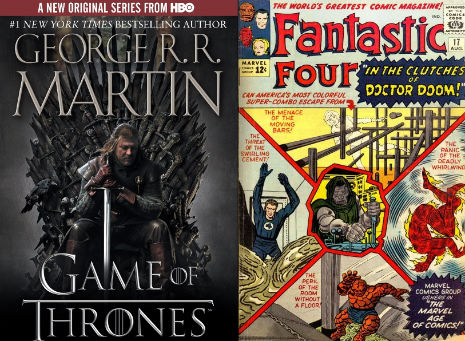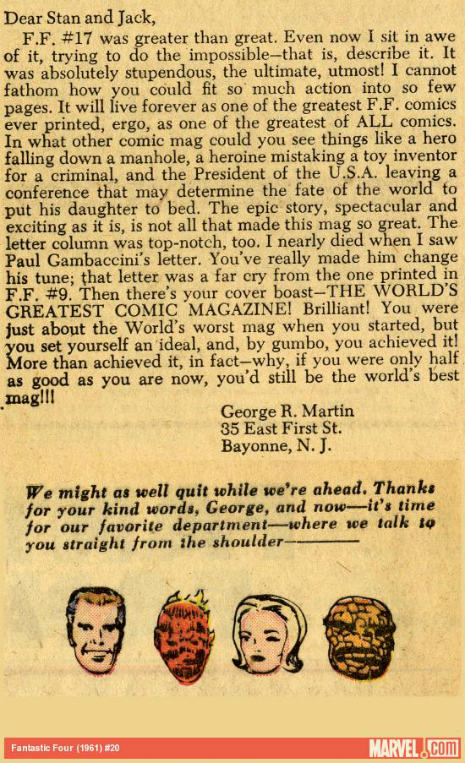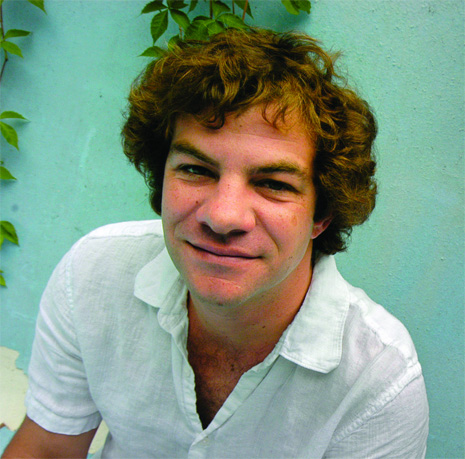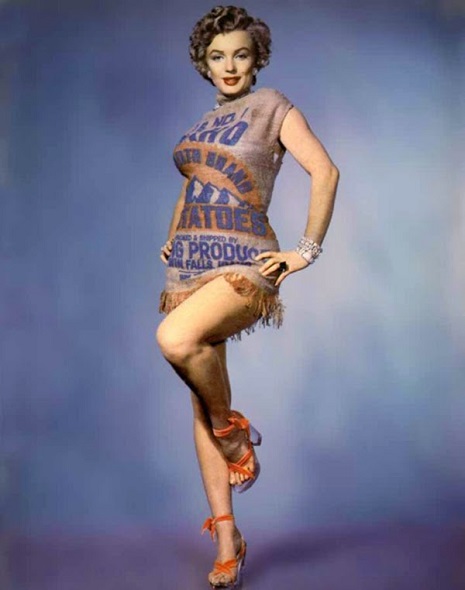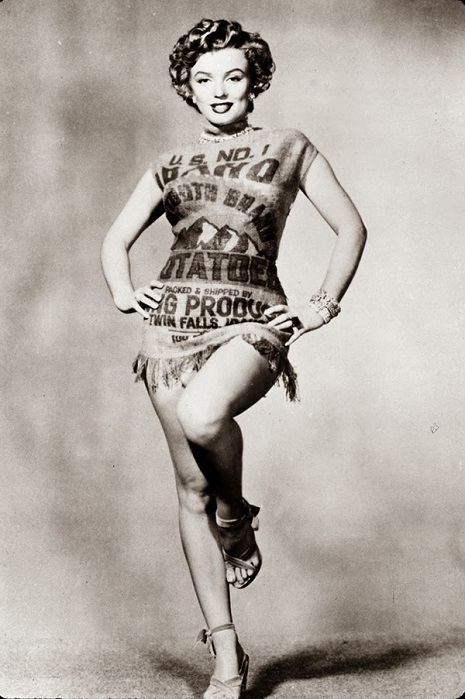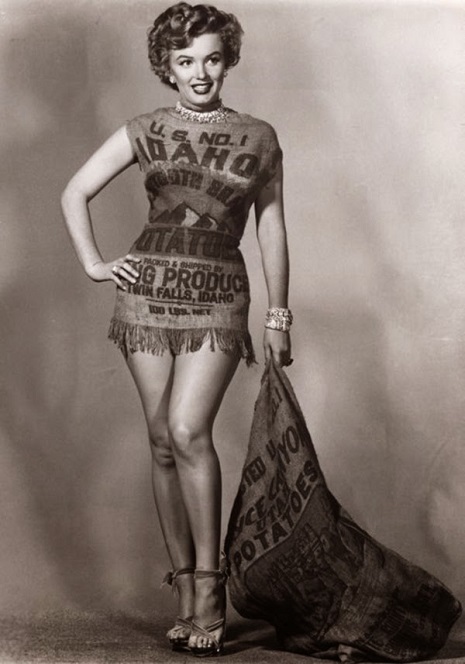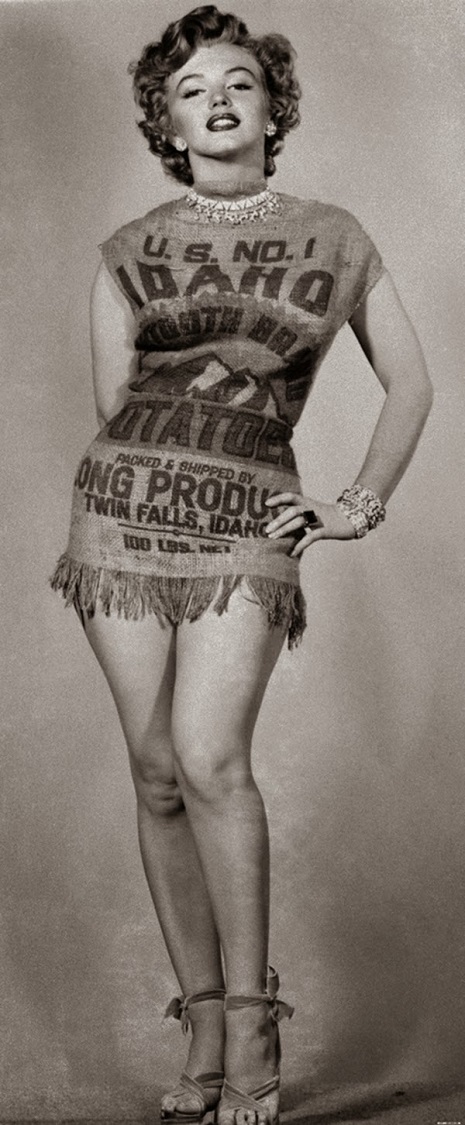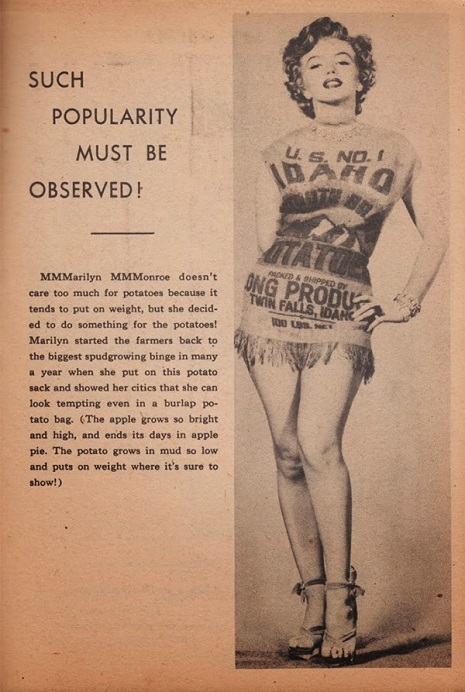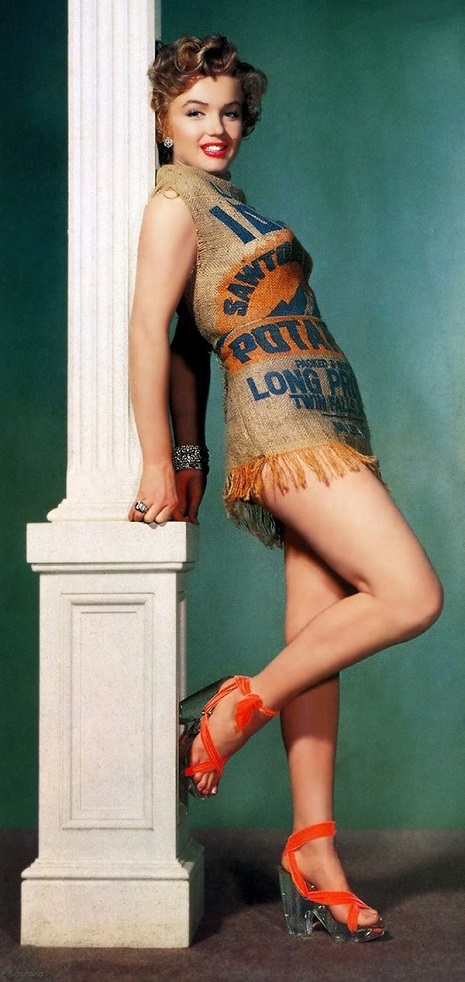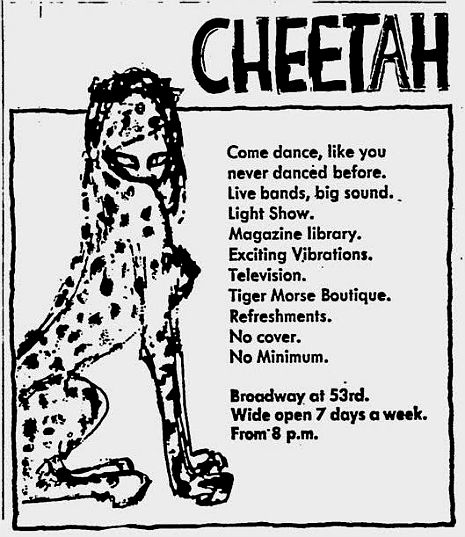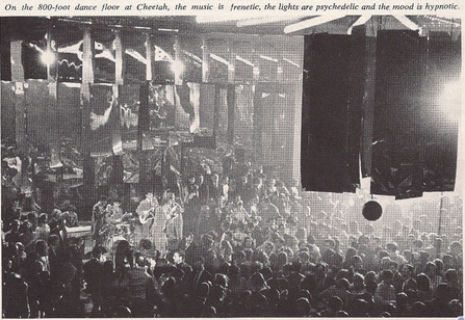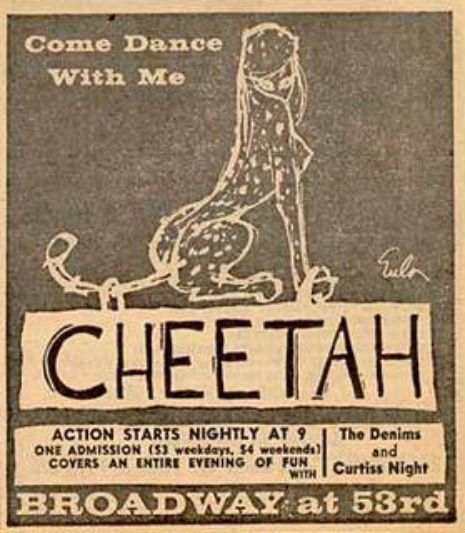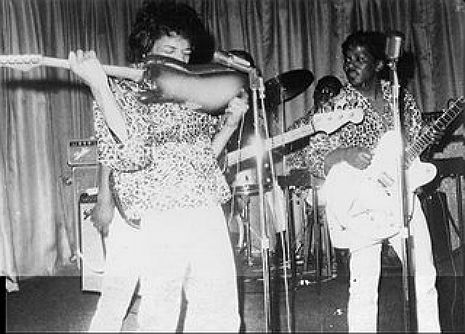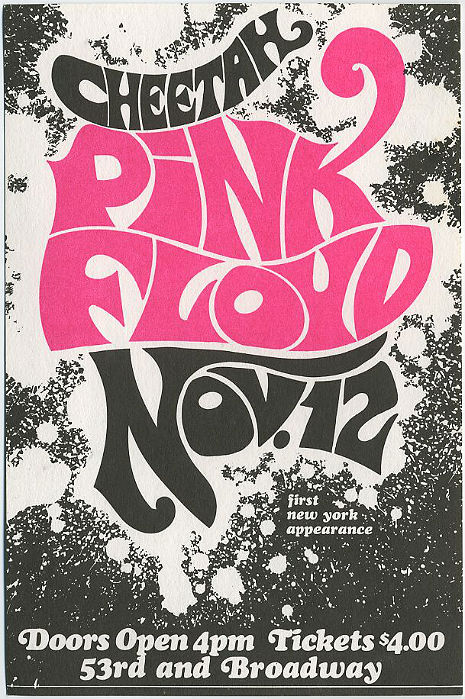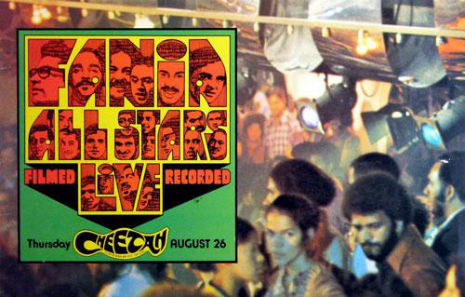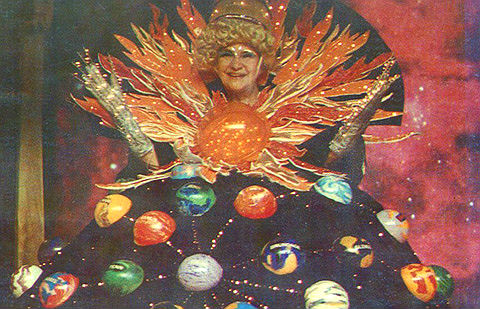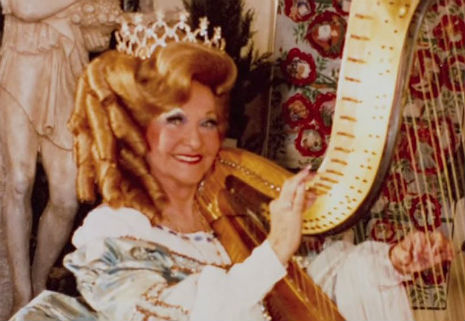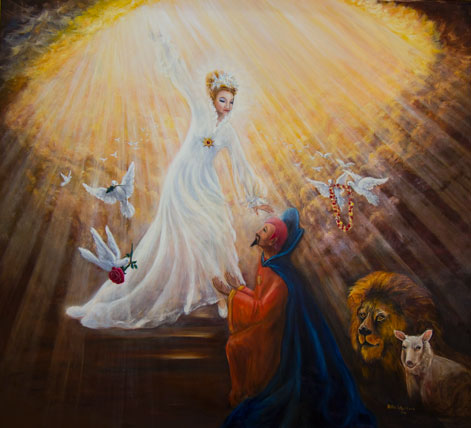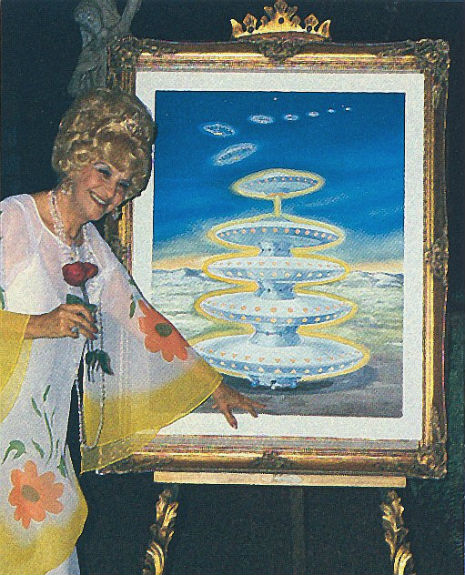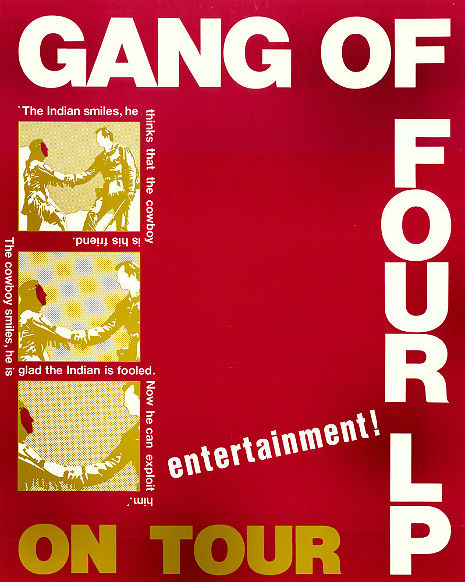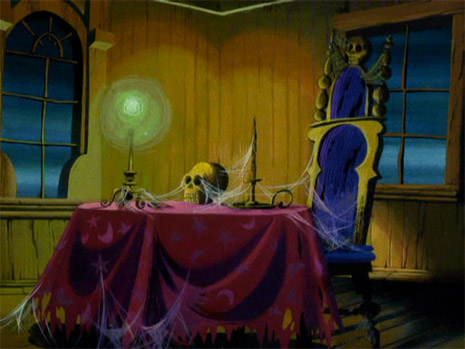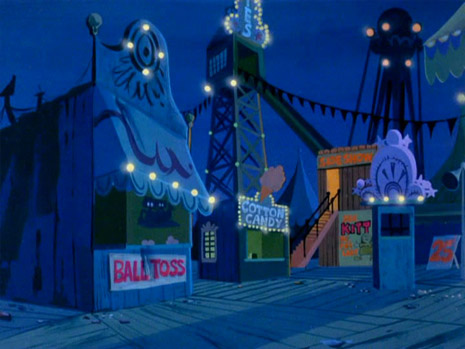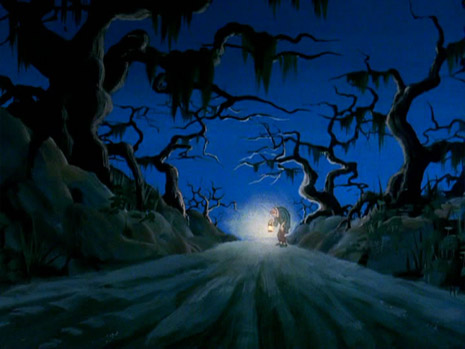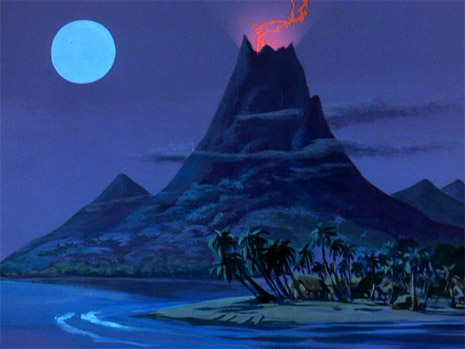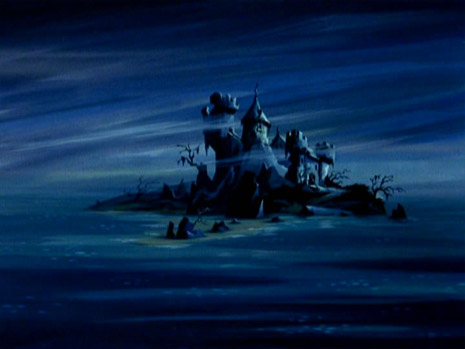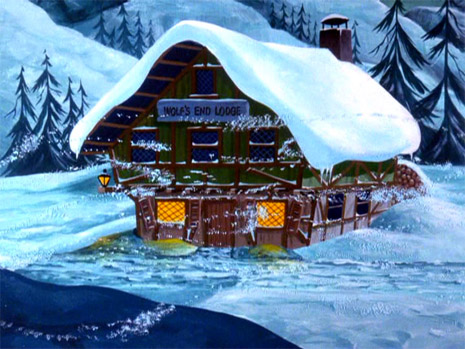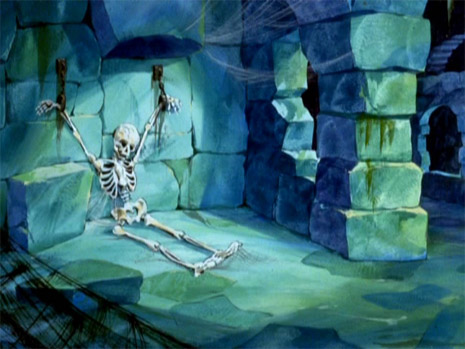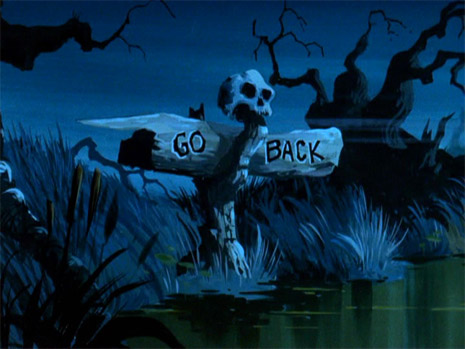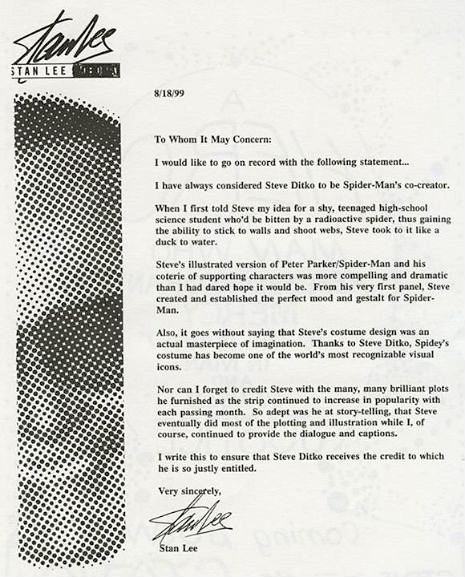
Vanity Fair’s Mike Sacks is one of the world’s great comedy nerds and he’s got the published bona fides to prove it. Funny in his own right (his book of comic essays, Your Wildest Dreams, Within Reason had me laughing out loud on nearly every single page) Mike’s proven himself incredibly adept at getting top humor writers to open up about what they do and how they do it. His 2009 collection, And Here’s the Kicker
featured interviews with the likes of Buck Henry, Stephen Merchant, Dick Cavett, Larry Gelbart, Merrill Markoe and even Marx Brothers writer Irving Brecher (which floored me, because I am fascinated by the man who Groucho called “the wickedest wit of the West”). The book is filled with gem after gem of good advice on how to write funny and how to think funny. If you are at all interested in the craft of comedy, it’s an absolutely indispensable book.
In just a few short days, Mike’s new book of interviews, Poking a Dead Frog: Conversations with Todays Top Comedy Writers will arrive (June 24 to be exact) and this nearly 500 page volume features contributions from Amy Poehler, Patton Oswalt, Adam McKay and even the great Mel Brooks. The Irving Brecher equivalent for me—there had to be a Brecher this time, too, of course or the reader would be disappointed—well, he got several Brechers this go round (I’m talking about other unexpected leftfield participants, to be clear). There’s a fascinating interview with New Yorker cartoonist Roz Chast, for starters. He’s also got Daniel Clowes, WFMU’s Tom Scharpling and Bob & Ray’s Bob Elliott. That’s some pretty rarified company, right? But that’s what you’ll find here. [As an aside fellow comedy buffs, my beloved pal Philip Proctor of the Firesign Theatre once told me that his extremely distinct comedic delivery was more influenced by Bob & Ray than anyone else. Once you know that, it provides a fascinating lens with which to view Phil’s contribution to “the Beatles of comedy.”]
One of the interviews that was cut for space from Poking a Dead Frog was a conversation with Josh Alan Friedman, co-creator with his brother Drew (the one who draws) of the all-time, until the end of time classic Any Similarity to Persons Living or Dead is Purely Coincidental
and on his own of the classic in a different way anthology of his Screw magazine essays on the 42nd Street milieu, Tales of Times Square
. To say that I am a big, huge, unabashed fan of those books is no exaggeration. I even gave out copies of Tales of Times Square for Christmas presents back when Times Square was still a sleaze pit. I found a stack at The Strand bookstore and bought all of them. I put plastic wrappers on my own copy of the first edition and it sits in a place of pride on the bookshelves behind me as I type this. When Mike offered us the opportunity to run the Josh Alan Friedman interview on Dangerous Minds, I was only too happy to accept.
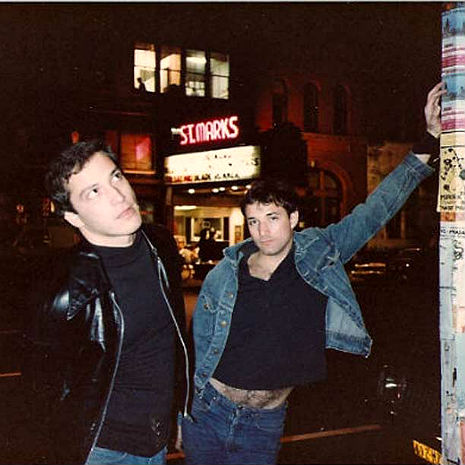
Josh Alan Friedman, right, with his brother illustrator Drew Friedman, late 1970s
Mike Sacks: When I first asked if you were willing to be interviewed, you said that you “find nothing funny about anything, anyone, anywhere, at any time.”
Josh Alan Friedman: That might have been off-the-cuff, but there’s a kernel of truth in there. Most of the time, what strikes me as funny doesn’t strike others as funny. And vice versa.
When did you publish your first cartoon with your brother Drew? What year was this?
It was in 1978, but we had been recording reel-to-reel audio sketches and doing comic strips for ourselves over the years. I would kind of write and produce, Drew did voices and illustrations. We never thought about publishing or releasing them.
Drew began to draw constantly. He would draw his teachers naked on school desks. When I went to visit him during his freshman year at Boston University, the public walls of the entire dormitory floor were densely illustrated. Maybe I imagined this, but I seem to remember finding him upside down, like Michaelangelo laboring under the chapel. He spent months doing this, and although the frat boys loved it, Drew hadn’t been to class in months. So I wanted to focus the poor boy’s talent on something, and I began writing heavily researched, detailed comix scripts.
What was that first published comic called?
“The Andy Griffith Show.” It ran in Raw Magazine. Drew illustrated the entire script very quickly. I loved how it looked. I said, “This is an amazing piece of work you’ve just done here,” and he told me he could do better. He ripped up that first version and then re-drew it—that’s the version that now exists. When I saw how startling the strip looked after the second pass, I knew we were onto something exciting.
To this day, the “Andy Griffith Show” comic strip remains slightly shocking. It features a black man wandering into Mayberry, North Carolina, and getting lynched by Sheriff Taylor and some other locals. This was not your typical misty-eyed look back at small-town life in the 1960s.
That cartoon has since been reprinted many times—and we caught a lot of flak at first. Certain people accused us of being racists.
If anything, you were mocking the nostalgia that surrounds a time and place that was anything but happy and perfect—at least for many people.
Yes, of course. I wanted to provoke the heady sensation of fear, and also get some laughs. That, to me, was—and still is—a potent combination. The so-called comic nightmare. It’s like mixing whiskey with barbiturates. It becomes more than the sum of its parts.
Over the years readers have told me that they can’t remember whether they actually read some of our cartoons or dreamed them. People have asked, “I might have been dreaming, but did you once work on a comic strip about such and such?”
You were writing about television shows and celebrities that no one else seemed to care about in the late ’70s, early ’80s.
I’ll confess that during childhood I never realized I Love Lucy was supposed to be a situation comedy. I thought it was a drama about the misadventures of this poor New York City housewife, which happened to have a surreal laugh track that made no sense. Years later, I was stunned to learn it was considered comedy.
I was always riveted by the lower depths of show business and sub-celebrities, maybe as an alternative to the dumbing down of American culture. The common man had higher standards in, say, the 1940s. And Drew’s fascination went even deeper, as he depicted fantasies of Rondo Hatton, the acromegaly-cursed actor who starred in several freak horror flicks in the ’30s and ’40s. And, of course, Tor Johnson, the giant wrestler turned actor, from Ed Wood’s Plan 9 from Outer Space [1959], who practically became Drew’s alter ego.
There was something about The Three Stooges, after their stock had taken a dive in the ’70s, that became more compelling than ever—even deeper than when we were children. Three short, ugly, but really beautiful, middle-aged Jews who slept in the same bed together, refused to separate, yet beat and maimed each other senselessly without end. It almost ceased being comedy, but you couldn’t stop watching.

What fascinated you about sub-celebrities at the nadir of their careers?
If I were to speculate, I would say that worship of America’s celebrity culture was becoming a mental illness without a name. It was the sickness of celebrity. It’s only gotten worse: the false icons, the obsession with celebrity over substance. It demeans all of humanity. It’s terribly unhealthy. So why not take it a quantum step lower—to its natural resolution—and worship Ed Wood, Joe Franklin, Wayne Newton, or Joey Heatherton, a Rat Pack–era actress in the ’60s? Or serial killers posing with celebrities?
When Drew and I were doing this in the late ’70s and ’80s, there was no Internet. Information about old shows and movies and celebrities were difficult to come by back then. Now there are hundreds of websites devoted to The Three Stooges or The Andy Griffith Show or Rondo Hatton. You can now look up [the actress and model] Joey Heatherton’s name and immediately find that her first husband, the football player Lance Rentzel, was arrested in 1970 for exposing himself to a child. Or that Wayne Newton once threatened to beat the shit out of Johnny Carson for telling jokes about Wayne being effeminate.
You had to search out arcane clippings’ files in local libraries or newspaper morgues back then. For years, I kept accumulating photos and news clips on numerous subjects like Newton, Joey Heatherton or Frank Sinatra, Jr.
More of Mike Sacks’ interview with Josh Alan Friedman after the jump…






